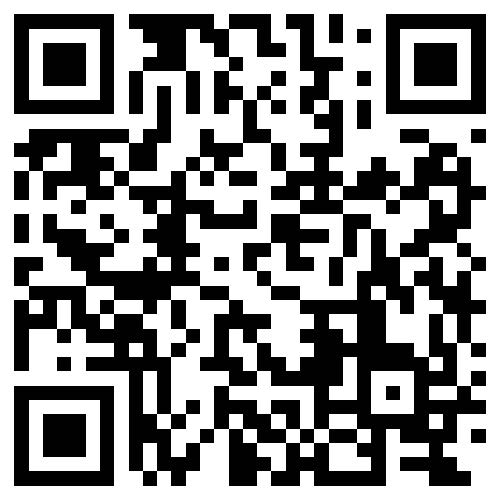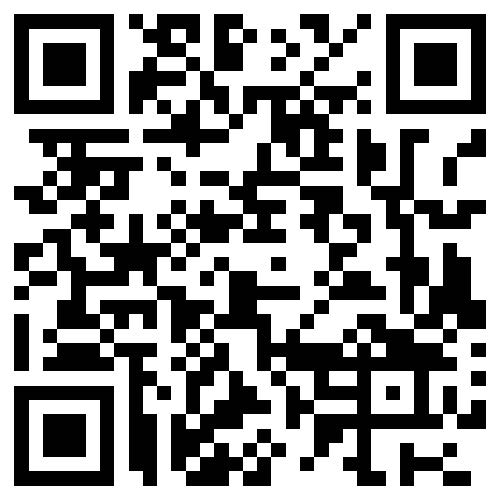Forex Scam Alert How to Identify and Escape Deceptive Trading Schemes
Among the myriad of opportunities the internet has unlocked, it sometimes appears that a prevalent one is the invention of novel schemes persuading individuals they can swiftly amass wealth. This phenomenon is especially rampant in the realms of cryptocurrency and forex (FX) – foreign exchange – investments, with the forex market alone boasting an estimated value of a staggering $2.4 quadrillion. Such a colossal figure is bound to attract attention from all quarters, including fintech experts, amateur investors seeking to amplify their profits, and, of course, those with fraudulent intent.
Given the allure of such a lucrative prospect, it’s no surprise that a medley of deceitful practices are bound to emerge. Let’s examine some of the warning signs and red flags indicative of fraudulent activities within this already risk-prone sector.
Understanding Forex Fraud
Forex fraud encompasses any deceitful acts that transpire within the domain of foreign exchange trading. While there are notorious instances of large-scale scams orchestrated through social engineering, forex fraud can also manifest in more subtle forms, such as account breaches and takeovers. The common denominator among these tactics is the objective to defraud unsuspecting individuals or entities of their funds, necessitating vigilant prevention efforts.
The Predisposition to Forex Scams
The forex market has evolved into a significant online industry, inherently laden with the promise of profit and risk. With regulatory landscapes in constant flux and concerns over money laundering, this sector is a prime target for scammers.
To comprehend how individuals can be lured into parting with substantial sums, it’s essential to first explore the financial prospects that legitimate forex transactions can offer.
At the start of this year, the average daily volume of international forex transactions was a staggering $6.6 trillion. To further dissect this vast sum and understand how it’s distributed among investors, we must consider the guises under which scammers entice their victims:
The actual earnings derived from the forex market typically stem from:
Derivatives and speculation, where trades are based on potential market movements or interest rate changes. These are not currencies themselves but financial instruments akin to insurance policies against currency volatility.
Forex arbitrage, where parties agree to exchange currencies at set times to capitalize on rate discrepancies or hedge against losses. This strategy, while not illegal, is generally disapproved and may breach forex exchange terms.
Although substantial businesses operate within forex, individual retail traders, who constitute a mere 5.5% of transactions, rarely achieve the returns promised by scammers.
For the unwary, however, the mention of figures like $6.6 trillion and terms such as “foreign exchange options” can be sufficiently enticing to lead them astray.
Varieties of Forex Fraud
In 2019, the UK reported losses of approximately £27 million to cryptocurrency and forex fraud, primarily from individuals deceived into investing their savings with the promise of growth.
Forex fraud can generally be categorized into two types:
| Type of forex fraud | Tools | Victim | Method |
|---|---|---|---|
| Frontend FX fraud | Social engineering | Often the general public | Scammers misrepresent themselves or their offerings to steal invested funds. |
| Backend FX fraud | Scripts, bots, automation | Both the public and forex entities | Fraudsters manipulate account data to conduct illicit activities or take over accounts. |
Forex scammers’ primary challenge is enticing victims, making marketing a crucial component of their operations. Unfortunately, this can lead to the legitimate forex industry being blamed for not preventing scams, even when they occur outside the platform.
Frontend Forex Scams
Common frontend forex scams include:
Forex Ponzi/pyramid schemes, where fraudsters pose as forex exchanges or investment groups, enticing investors with fees and recruitment of more investors. Initial payouts may be made to validate the scheme, but it ultimately collapses, leaving the perpetrators with the funds.
Fake signal/trade bot sellers, who claim to provide precise trade timing advice for a premium, often based on fraudulent software or expertise.
Fake forex brokers/account managers, targeting inexperienced investors with offers to manage their investments, only to misappropriate funds and fabricate returns.
Fake investment fraud, where scammers project a lavish lifestyle on social media to attract investors to a fraudulent forex platform, pocketing the invested funds.
Fraudulent affiliate marketing, where scammers pose as recruiters for legitimate forex sites, using automation and deception to earn money from fake referrals.
Backend Forex Fraud Targeting FX Firms
For forex entities prioritizing security, backend forex fraud poses a significant threat, often independent of human gullibility.
Fraud prevention solutions like SEON can be applied to combat backend fraud, including:
Account takeover attacks, a severe risk in forex due to the potential for substantial liquidity theft from compromised accounts.
Bonus abuse, exploiting promotional offers through fake accounts.
Onboarding fraud/impersonation, where entities register under false identities to evade regulatory oversight.
Money laundering, a concern for forex platforms due to legal accountability for such activities on their systems.
Chargebacks, a challenge for forex exchanges, particularly when involving stolen credit cards or fraudulent claims.
The Spectrum of Forex Scams
Given the diverse nature of forex fraud, the strategies employed are equally varied in their approach, victims, and sophistication.
A BBC exposé in 2022 highlighted a typical forex scammer operating primarily through an Instagram account, replete with opulent imagery and a viral video of public cash distribution.
Investigative journalism revealed a network of “investors” lured by the scammer’s extravagant online presence, with one victim investing over £17,000, only to see their balance plummet after being coerced into keeping funds invested under false pretenses of insurance by the FCA.
The scam, operating from the Bahamas beyond FCA jurisdiction, underscores the importance of vigilance against such fraudulent schemes.
Forex Scam Prevention and Warning Signs
Forex fraud assumes many forms, necessitating education and research for individuals considering forex investments. Key considerations include:
- The inherent risk of forex trading, balanced by potential rewards.
- Skepticism towards unsolicited investment offers and unrealistic ROI promises.
- Awareness of high-pressure sales tactics and offers of favors in return for investment.
- Requests for urgent money transfers, particularly via unverifiable means.
- Inconclusive background information on individuals or entities, with a focus on discrepancies in provided data.
Utilizing tools like reverse email or phone lookup can verify the identity of potential investors or entities, while established forex traders typically have a significant online presence.
Forex Fraud Prevention for FX Companies
Forex providers face significant risks from fraud, including financial losses, regulatory penalties, and reputational damage. Tools like SEON, with machine learning and custom rules, can mitigate these risks, offering industry-specific solutions and real-time data from over 50 sources to enhance fraud scoring.
By implementing such software, forex platforms can deter fraudulent activities, safeguarding their financial and reputational interests, and ensuring consistent returns akin to reliable currency exchanges, provided they are legitimate.
FAQ
Trustworthiness of Forex:
Forex trading is as trustworthy as any investment, with both legitimate and fraudulent actors. Unsolicited investment offers should be approached with caution.
Market Manipulation in Forex:
Given the forex market’s massive size, it is less susceptible to manipulation than smaller markets.
Recovering Lost Forex Funds:
If trades were made fraudulently from your account, contact the trading platform, seek chargebacks, report to authorities, and leverage regulatory coverage if available.











